Karel Appel
Karel Appel was a Dutch painter and sculptor who was born in 1921 and passed away in 2006. He was one of the founding members of the CoBrA movement, which emphasized spontaneity and rejected established art conventions. Appel’s style is characterized by his bold and expressive use of color and brushwork, often incorporating elements of childlike simplicity and naivety.
Appel’s importance in relation to abstract art lies in his contribution to the development of the movement in the post-World War II era. Along with his CoBrA colleagues, he rejected the traditional art conventions that had dominated Europe before the war, and sought to create a new form of art that was free from rigid rules and formulas. Appel’s work embodied the spirit of this movement, with its emphasis on spontaneity, raw emotion, and the use of vivid color.
Appel’s work also helped to bridge the gap between European and American abstract art, as he spent significant time in New York City during the 1950s, where he became associated with the Abstract Expressionist movement. While his style remained distinctively European, his work helped to connect the two continents in their shared pursuit of a new, more expressive form of abstract art.
Overall, Karel Appel’s importance in relation to abstract art lies in his contribution to the development of a new form of art that rejected traditional conventions and emphasized individual expression, spontaneity, and the use of bold color and brushwork. His work remains influential to this day, and can be found in the collections of museums around the world.
“My paint tube is like a rocket which describes its own space. I try to make the impossible possible. What is happening I cannot forsee; it is a surprise. Painting, like passion, is an emotion full of truth and rings a living sound–like the roar coming from the lion’s breast.”
Showing all 36 results
-
Sale!
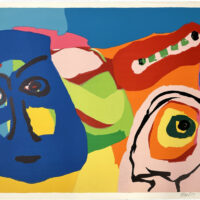
Karel Appel 1971 Blue Mask Signed Limited Edition Lithograph
Original price was: $9,500.00.$7,500.00Current price is: $7,500.00. Add to cart -
Sale!
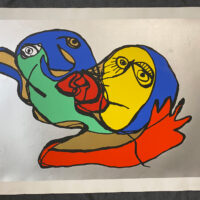
Karel Appel 1979 Large Silkscreen The Silver Kiss
Original price was: $2,000.00.$1,500.00Current price is: $1,500.00. Add to cart -
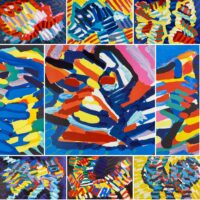
Karel Appel 1978 Ten (10) Signed Limited Edition Lithographs
$15,000.00 Add to cart -
Sale!
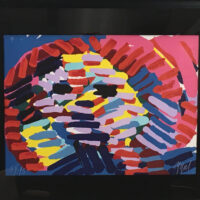
Karel Appel 1979 Framed Lithograph Signed Limited Edition
Original price was: $2,500.00.$2,000.00Current price is: $2,000.00. Add to cart -
Sale!
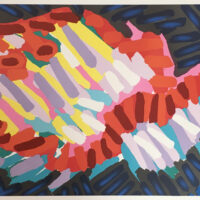
Karel Appel 1978 Signed Limited Edition Lithograph
Original price was: $1,500.00.$1,200.00Current price is: $1,200.00. Add to cart -
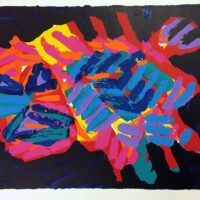
Karel Appel 1979 Devil Cat Signed Limited Edition Lithograph
$2,000.00 Add to cart -
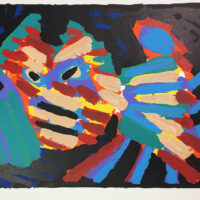
Karel Appel CAT Limited Edition Signed Art 1978 Lithograph
$2,000.00 Add to cart -
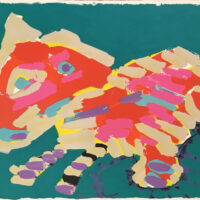
Karel Appel Green Cat 1980 Signed Lithograph Rare Proof
$2,500.00 Add to cart -
Sale!
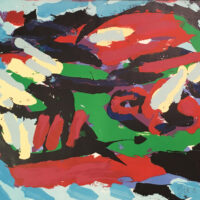
Karel Appel 1979 Signed Limited Edition Abstract Art 1979
Original price was: $1,500.00.$1,200.00Current price is: $1,200.00. Add to cart -
Sale!
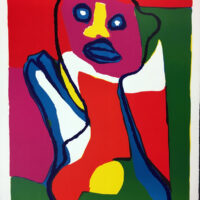
Karel Appel 1969 Signed Limited Edition Lithograph
Original price was: $3,000.00.$2,400.00Current price is: $2,400.00. Add to cart -
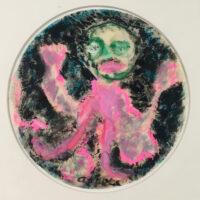
Karel Appel Portrait Of Eugene Pastel On Paper
Read more -
Sale!
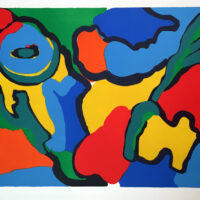
Karel Appel Sunny Parrot 1974 Signed Limited Edition Silkscreen
Original price was: $8,500.00.$5,600.00Current price is: $5,600.00. Add to cart -
Sale!
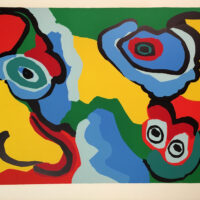
Karel Appel Sunny Beach Life 1974 Signed Limited Edition Silkscreen
Original price was: $8,500.00.$5,600.00Current price is: $5,600.00. Add to cart -
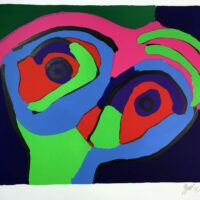
Karel Appel 1970 Green Face Signed Limited Edition Lithograph
$3,250.00 Add to cart -
Sale!
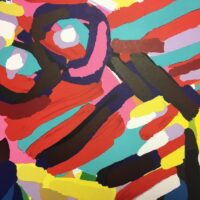
Karel Appel 1979 Head Like An Animal Signed Limited Edition Lithograph
Original price was: $2,500.00.$2,000.00Current price is: $2,000.00. Add to cart -
Sale!
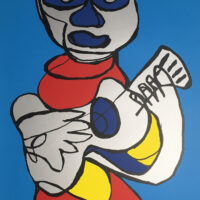
Karel Appel Original Art Silkscreen Kool Luke Guitar Indigo Hands
Original price was: $4,500.00.$3,500.00Current price is: $3,500.00. Add to cart -
Sale!
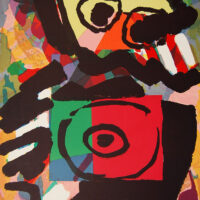
Karel Appel 1979 Signed Limited Edition Abstract Art Personage in Red
Original price was: $2,750.00.$2,200.00Current price is: $2,200.00. Add to cart -
Sale!
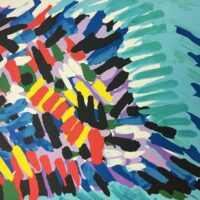
Karel Appel Moving Face in a Blue Sea Rare Pencil Signed Lithograph Abstract Art 1980
Original price was: $2,550.00.$1,800.00Current price is: $1,800.00. Add to cart -
Sale!
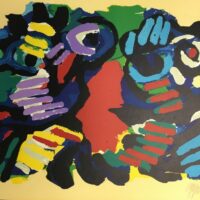
Karel Appel Summer Couple 1979 Abstract Signed Art Lithograph
Original price was: $5,500.00.$4,500.00Current price is: $4,500.00. Add to cart -
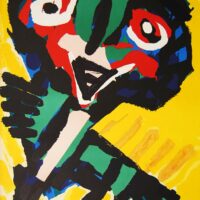
Karel Appel Face Pencil Signed Dedication Abstract Art Lithograph 1980
$3,050.00 Add to cart -
Sale!
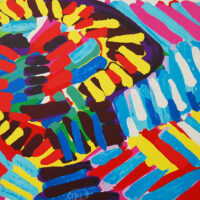
Karel Appel Face in the Colorful Rain Pencil Signed Abstract Art 1980
Original price was: $2,050.00.$1,500.00Current price is: $1,500.00. Add to cart -
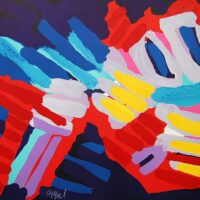
Karel Appel SLEEPY BIRD Rare Pencil Signed Lithograph Abstract Art 1980
$2,050.00 Add to cart -
Sale!
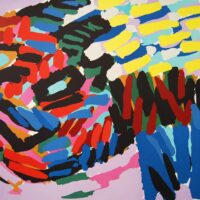
Karel Appel Here I am again Pencil Signed Original Abstract Art 1980
Original price was: $1,750.00.$1,500.00Current price is: $1,500.00. Add to cart -
Sale!
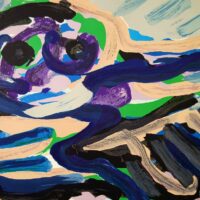
Karel Appel Sitting in a Landscape Pencil Signed Original Lithograph
Original price was: $1,750.00.$1,050.00Current price is: $1,050.00. Add to cart -
Sale!
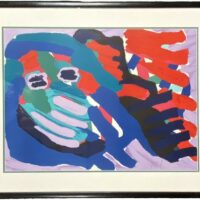
Karel Appel Another Blue Head Again Pencil Signed Original Lithograph
Original price was: $2,500.00.$2,000.00Current price is: $2,000.00. Add to cart -
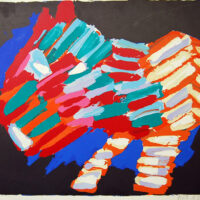
Karel Appel Cat In Night 1980 Signed Original Lithograph Rare Proof
$2,000.00 Add to cart -
Sale!
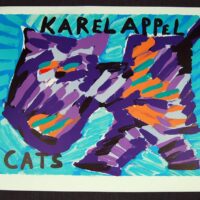
Karel Appel CATS 1978 Lithograph 25.5” x 32.25” Original Vintage lithograph
Original price was: $400.00.$150.00Current price is: $150.00. Add to cart -
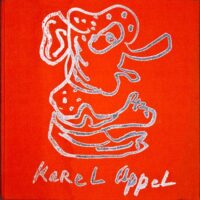
Karel Appel (The Face of Appel) – cloth bound book – 1977
$150.00 Add to cart -
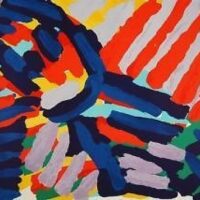
Karel Appel WALKING IN COLORS Original Art
$1,500.00 Add to cart -
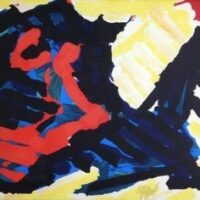
Karel Appel (Running Horse) Framed Lithograph Pencil Signed Original Art
$2,000.00 Add to cart -
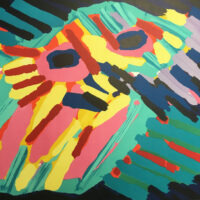
Karel Appel BIG HEAD COMING DOWN Signed Original Lithograph
$2,500.00 Add to cart -
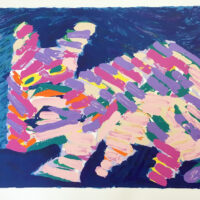
Karel Appel 1978 RESTING CAT Signed Limited Edition Lithograph
$2,000.00 Add to cart -
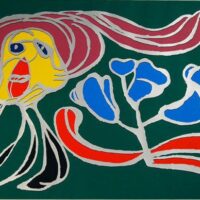
Karel Appel Floating Green Passion Signed Original Art Silkscreen 1979
$2,500.00 Add to cart -
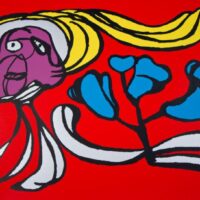
Karel Appel (Floating Red Passion)Art Silkscreen 1979
$2,850.00 Add to cart -
Sale!
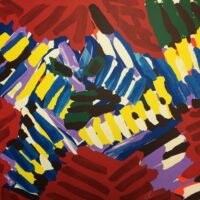
Karel Appel Flying Owl Abstract Animal Signed Original Art 1980
Original price was: $1,650.00.$1,250.00Current price is: $1,250.00. Add to cart -
Sale!
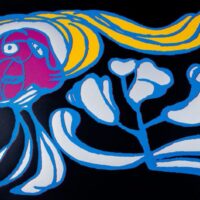
Karel Appel 1979 Floating Black Passion Large Limited Edition Signed Silkscreen
Original price was: $2,850.00.$1,500.00Current price is: $1,500.00. Add to cart
